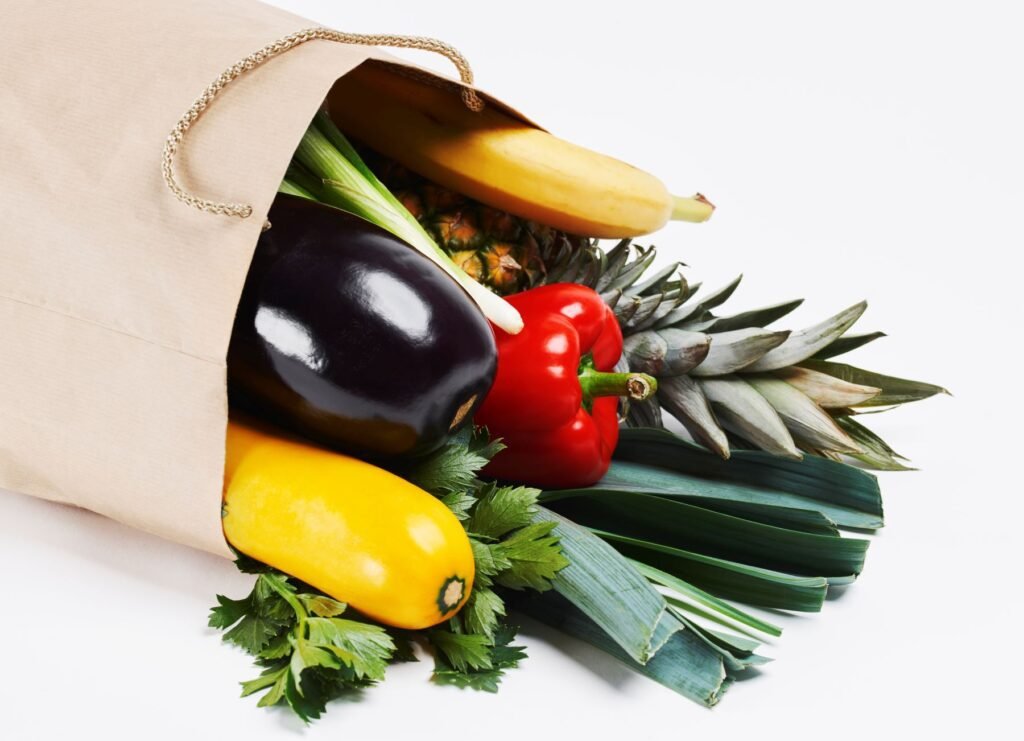
The Covid- 19 pandemic certainly had a negative impact on the Italian organic food industry. However, this sector has begun to recover as consumers resume demand for delicious perishables. In the first six months of 2022, profits in Italian food exports rose by 16% compared to the previous years.
Germany, France, and Benelux are the biggest areas for importing Italian food products. However, there is also a thriving B2B industry within Italy itself. In 2023, there are several trends for food production and distribution to be aware of. Here are some of them.
Food Traceability
When a restaurant purchases food products from a supplier, they want traceability for all sections of the supply chain. This is especially true for meat such as poultry, as animal welfare is a major concern. Organic and ethically sourced meat will likely be a key focus for the industry in 2023. Italy provides a large amount of fish to both local and international businesses.
Companies that are transparent about their practices will seem more attractive.
Technological Advancements
The rise of eCommerce has transformed the Italian organic food industry. It has expanded the different types of products available to order. B2B logistics can become more efficient in the coming year as new forms of technology are embraced. On the other hand, classic staples such as pasta and vegetables will still be ordered wholesale by customers all over the world. Technology could even be used in the production of the food itself. For example, olive oil companies may use new hardware and software to increase their yield on a factory scale without undermining their organic status.


Fast Delivery
Advanced GPS apps and delivery drones allow perishable Italian foodstuffs to reach the customer in a shorter amount of time. This means that in 2023, restaurants can get fresh products and serve them on the same day. Pizza continues to be an extremely popular form of Italian food. Live yeast is required to make the dough. In the past, organic yeast would have died before reaching the customer. As a result, people resorted to canned products instead.
Demand for Shelf Life
Meanwhile, 2022 saw a marked increase in the demand for food with an enhanced shelf life. This poses an issue for suppliers of organic products. Firms will need to find ways to make items last longer without resorting to the use of additives.

